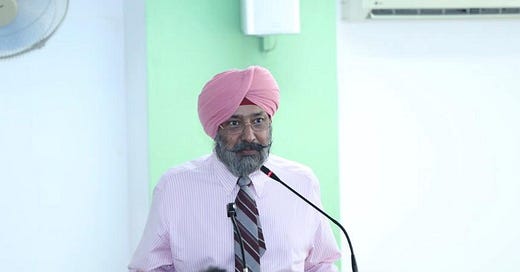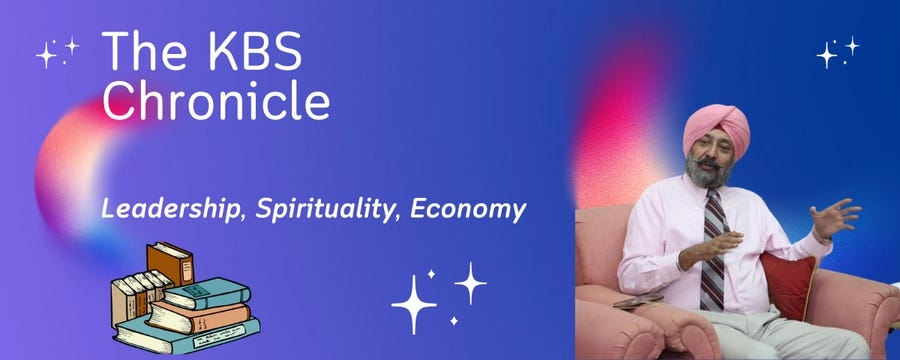Pressing Matters: A Definitive Toolbox for Stellar Press Notes & Conferences
Score with a score of tools.
Pressing Matters: A Definitive Toolbox for Stellar Press Notes & Conferences
In an age dominated by digital sound bites and fleeting trends, the art of crafting an effective press note or conducting a seamless press conference remains vital. While this guide places emphasis on governmental communication, the fundamental principles elucidated apply universally, encompassing the business sector and NGOs alike. This article has been updated from my sketchy piece that I published on web almost five years ago.1
Value of Print Media: Traditional newspapers have withstood the test of digital evolution. Their unparalleled reach and enduring trustworthiness render them invaluable in a robust PR strategy. In the age of fleeting online content, print media provides permanence and gravitas.
Press-Note Structure: Construct your press note using an inverted pyramid approach. The headline and initial lines should capture the essence, instantly grabbing attention. This structure ensures that even a cursory glance offers valuable information.
Captions Matter: Descriptive captions or headlines provide clarity and context to any press note. They guide the narrative and ensure the core message is immediately understood, offering readers a roadmap to the content.
A Strong Start: Engage your audience from the outset. The opening of your press note should intrigue and offer fresh updates or insights, serving as a hook that keeps the reader engaged.
Timing is Key: Optimal timing enhances the impact of a press note. Releasing your notes early in the day increases chances of prominent media placement, optimizing visibility.
Preparation Ahead of Events: For scheduled events, proactive preparation is paramount. Draft press notes in advance, and ensure they're accurate, reflecting the event's objectives and highlights without discrepancies.
Distribution Channels: While email remains a staple for press note distribution, platforms like WhatsApp provide immediacy and expanded reach. Diversify distribution methods to ensure comprehensive coverage.
Quality Over Quantity: Images should be high-resolution, providing clarity. Each photo needs a descriptive caption, ensuring that visuals enhance rather than detract from the narrative. A well-chosen image can significantly elevate the impact of your press note.
Language Adaptation: To ensure inclusivity, timely translations of press notes into relevant vernaculars are essential. This approach broadens reach, ensuring messages resonate with diverse audience segments.
Objective Tone: Press notes, especially in the governmental sector, should prioritize factual over promotional content. Neutral, unbiased tones ensure credibility and foster trust among readers. As Henry Ford wisely stated, "You can't build a reputation on what you are going to do."
Maintain Mystery: While offering substantial information, it's crucial to hold back just enough to retain interest. Teasers promote follow-up engagement and keep audiences anticipating more.
Diverse Verbiage: Repeated phrases can dull a press note. By introducing a variety of verbs and descriptors—like "revealed," "asserted," or "disclosed"—you maintain reader interest and keep the narrative fresh.
Build Relationships: Positive, consistent interactions with media personnel are the cornerstone of a successful PR strategy. By fostering trust and mutual respect, you lay the groundwork for fruitful long-term collaborations.
Cost-Effectiveness: Press-notes offer a unique blend of affordability and credibility. More cost-effective than many advertisements, they can often yield better results due to their inherent trust factor.
Consistent Communication: A balanced release frequency for press notes is vital. Over-saturating the media can dilute impact, while prolonged silences can render you forgotten.
Blended Media Strategy: A holistic media strategy incorporates both print and digital platforms. By blending traditional press notes with electronic and social media, you ensure comprehensive coverage.
Detail in Photography: Every photograph should tell a story. Descriptive captions provide context, ensuring that visuals complement the narrative, enhancing overall impact.
Press Conferences – Preparedness is Key: Successful press conferences demand meticulous preparation, from content to technology. With a top-tier audio setup, ensure every voice—be it a speaker's or a journalist's—is crystal clear.
Evening Communications – Walk a Tightrope: Post-event, be available for journalists seeking clarifications. While offering insights, it's crucial to stay aligned with the primary narrative, ensuring consistent messaging.
The Day After – Recognition and Redistribution: Upon publication, share coverage with relevant stakeholders. Amplify your message on digital platforms, and acknowledge standout media efforts, reinforcing positive relations.
In conclusion, the essence of effective communication lies in preparation, execution, and post-event actions. Mastering these foundational tools, whether you're in government, business, or a non-profit, allows you to steer the narrative confidently and clearly in today's complex media landscape. After all, as Shakespeare's Hamlet reminds us, "Brevity is the soul of wit."
16-bit Code to Boost your Public-Relations
Elementary tool-kit for effective Press-Notes for newspapers The importance of media coverage in this day and age can hardly be overstated. While the electronic media and social media are must necessarily form the part of any Public-Relations (PR) strategy, we cannot really consign t…








